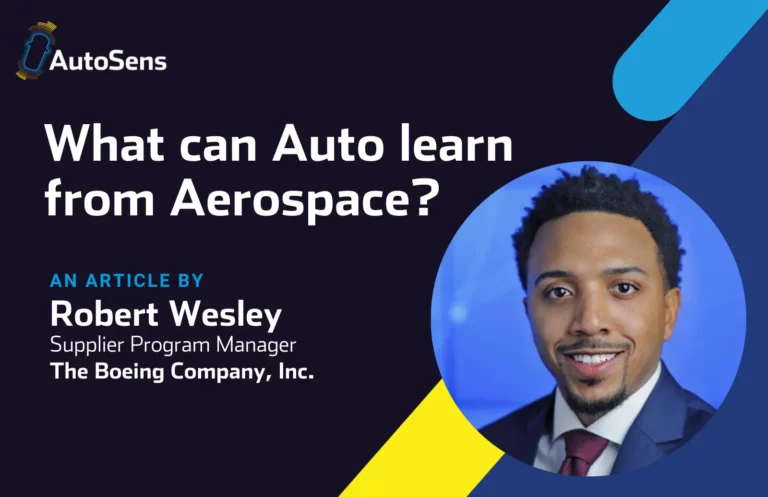
We took time out to chat to one of our speakers at AutoSens – Pier Paolo Porta, Business Development Senior Manager at Ambarella. He discusses topics ranging from his previous career and current life outside work, as well as his recent challenges and experiences, including their car “BRAiVE” which drove without human intervention in real traffic in the morning of July 12, 2013.
You were one of the founding associates of VisLab srl, how did you become involved in setting up the company?
I joined VisLab while getting my Master degrees in Electronic Engineering in 2005. At that time VisLab was a University research group, after some years we decided to start a company to work on intelligent perception system for vehicular application and that’s how VisLab srl was born.
How did you find the experience of taking part in the DARPA Grand Challenge? Was it easier the second time around?
It has been a great opportunity that boosted research in the field for us significantly, but also for the world research community. The 2004 edition didn’t witness any team reaching the end, but in 2005 all teams gained experience from the previous edition and 5 teams reached the end of the race. We are so proud to be one of those 5 teams, and the only one relying on vision as a primary sensor for perception. The 2007 edition was organized in a urban environment, so totally different scenario. We also participated in that, with the same big yellow truck called TerraMax.
You participated in the VIAC project and the PROUD project, readers may be less familiar with these projects, so please could you summarise their aims.
VIAC project (VisLab Intercontinental Autonomous Challenge http://viac.vislab.it/) is still one of the milestones of autonomous driving robotics never unparalleled as yet. Starting in late July of 2010 from Parma, Italy, we reached Shanghai with 4 electric autonomous vans after 3 months of trip and 13.000 km.
The outcome of that test has been huge, in terms of experience, scenarios encountered, data recorded. A few years later, in 2013, we organized another challenge, this time in our city: Parma. The goal was to drive in real traffic from the University campus located in the South part of the city to the downtown, in particular, the palace of the former Dukes of Parma. The name of this event was PROUD (Public ROad Urban Driverless-car test http://vislab.it/proud/) and our car BRAiVE drove without human intervention in real traffic in the morning of July 12, 2013.
You will provide an overview on the evolution of stereo techniques and the quality of information that can be extracted from a stereo system. What has been your biggest challenge in realising stereo vision?
Our first stereo system has been used on a car in the mid ’90s, so I can say that we’ve been following the evolution of this technology since then. It’s known that one of the common threats of stereo is calibration, I would say that probably that has been the biggest challenge, but I can say that with auto-calibration we’ve also been solving that part.
Do you have a view on the debate between centralised and decentralised processing?
I think centralized processing is always a better choice as the fusion layer can take advantage of more information and basically all data is used. Given this, there are some particular situations in which a decentralized architecture might be effective as well, for example when the perception field of view is completely separate, but as a general approach I prefer the centralized one.
What keeps you busy in your spare time?
One of the major hobbies I have is sketching and drawing both real scenes and fantastic animals. Sketching a scene means observing very carefully and sometimes you pick out details that might not usually be visible. Inventing fantastic animals is just for fun. Another big interest is the theater, I love acting but recently it’s slowed down a bit as it requires such a lot of dedicated time.
What are you looking forward to about being involved as a speaker at AutoSens?
As an AutoSens speaker I’m looking forward to connecting with the community and get their feedback on our activities. I think these events are very useful to both share our experience and start constructive dialogue with all the major players in the field.







